
Supercharge your lead generation with a FREE Google Ads audit - no strings attached! See how you can generate more and higher quality leads
Get My Free Google Ads AuditFree consultation

No commitment
Supercharge your lead generation with a FREE Google Ads audit - no strings attached! See how you can generate more and higher quality leads
Get My Free Google Ads AuditFree consultation

No commitment
In today's competitive landscape, leveraging Google Ads effectively can make a transformational difference for trash can cleaning services. Online marketing channels like social media foster digital brand awareness, while strategies such as email nurture ongoing customer relationships. However, Google Ads occupies a critical role, bridging awareness efforts with direct customer acquisition by capturing high-intent prospects actively searching for trash can cleaning solutions. For service providers, mastering Google Ads can intercept decision-makers at their precise moment of need, optimize spend with precise targeting, and track ROI throughout the customer journey. High demo interest often goes unconverted because there's no mechanism to follow up when the form isn't submitted, making it essential to create strategies that address these lost opportunities and engage potential clients effectively.
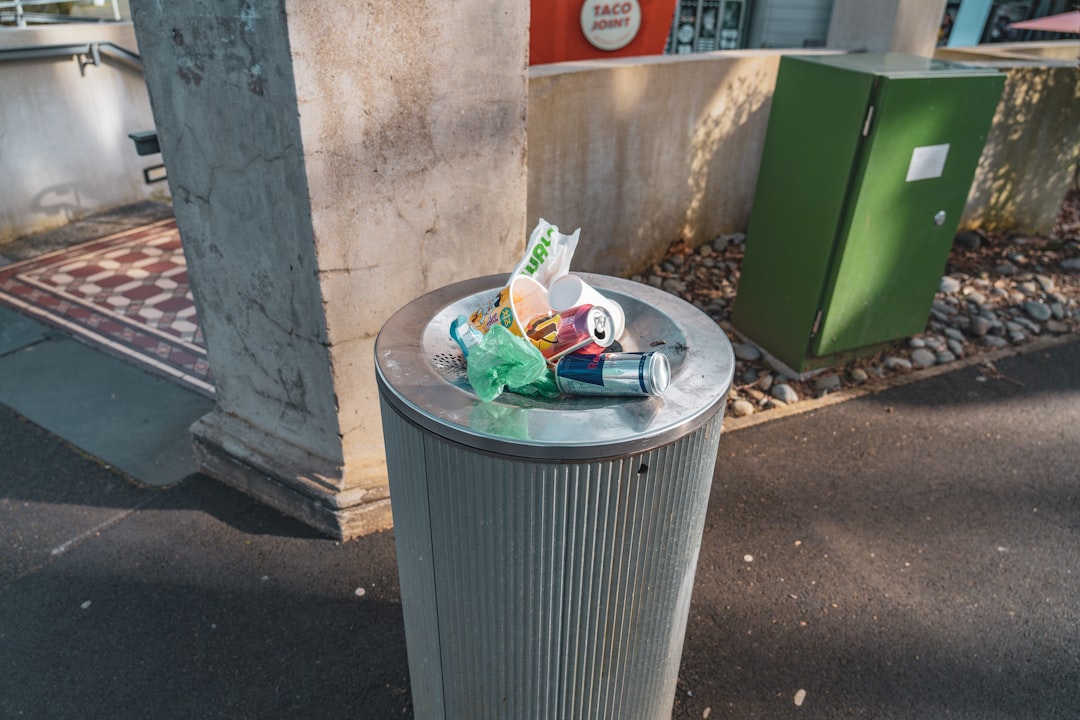
Modern bin cleaning businesses require precision in capturing high-intent leads and converting them into recurring customers. Leveraging data-centric strategies within Google Ads for Trash Can Cleaning Service enables real-time campaign decisions that maximize every advertising dollar and ensure sustainable growth.
Integrating advanced tools streamlines the process by unifying signals from every channel, equipping marketers with granular insights into user intent and campaign performance. This approach empowers revenue teams to identify shifting patterns, capitalize on emerging demand, and send the right message to the right prospect at the critical moment.
This structured framework positions trash can cleaning services to outperform competitors, drive down acquisition costs, and build a sustainable pipeline of high-quality leads. Get started for free with Sona.

Trash can cleaning providers operate in a market where decision timing is everything: customers only search for services when odors, pests, or regulations become urgent. Capturing these high-intent moments requires digital precision and the ability to identify the exact audience segment as demand peaks. Google Ads offers a direct route to those actively searching for solutions, making every dollar of advertising spend measurable and actionable.
Ready to capture more high-intent leads and maximize campaign ROI? Get started for free with Sona.
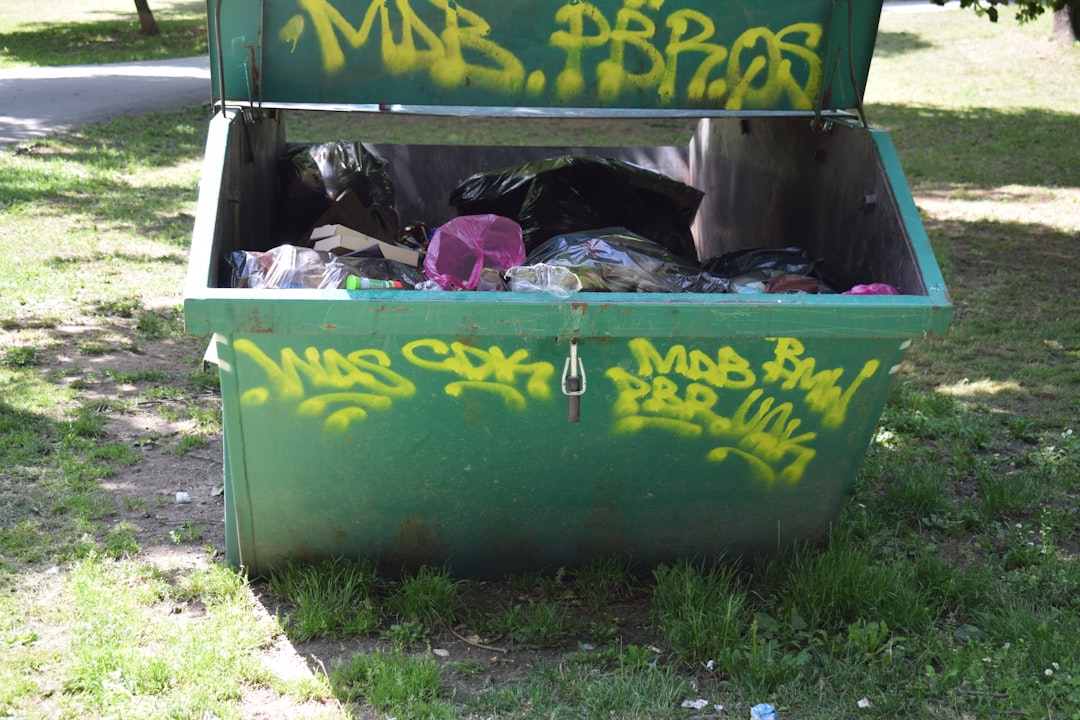
Ready to make your Google Ads campaigns more effective? Get started for free with Sona.
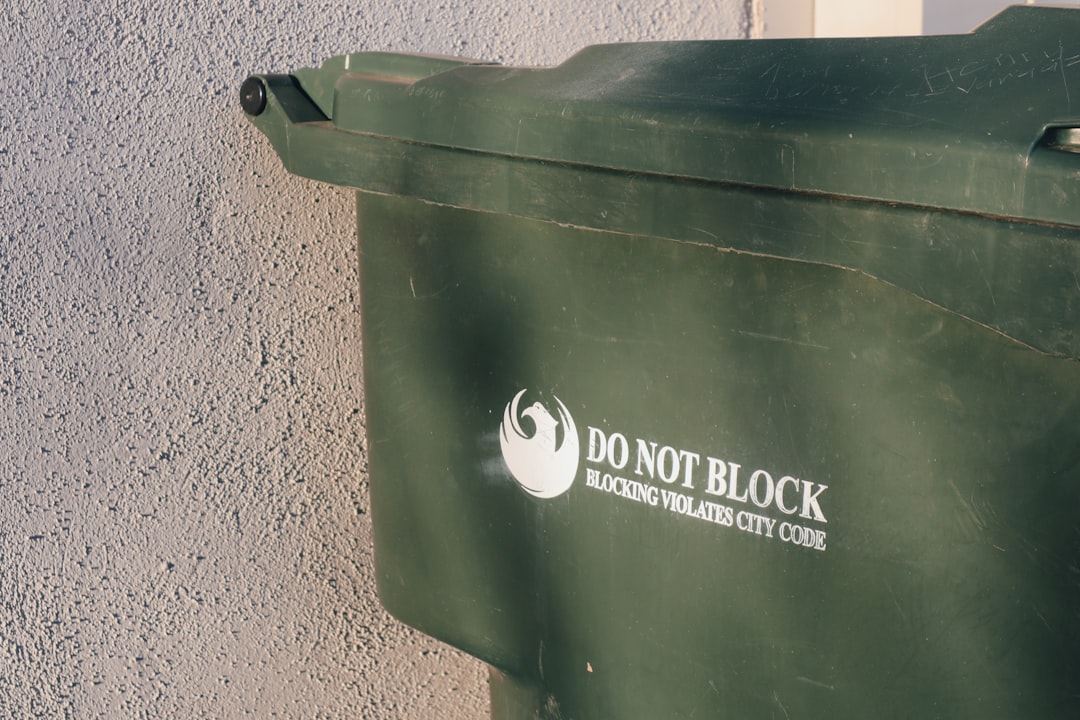
Uncovering new growth opportunities in the trash can cleaning industry requires a modern approach that goes beyond conventional digital marketing. Revenue teams need to identify high-value market segments, refine audience targeting, and expand outreach to maximize returns across paid media and search channels.
Ready to unlock hidden potential and streamline your marketing? Get started for free with Sona.
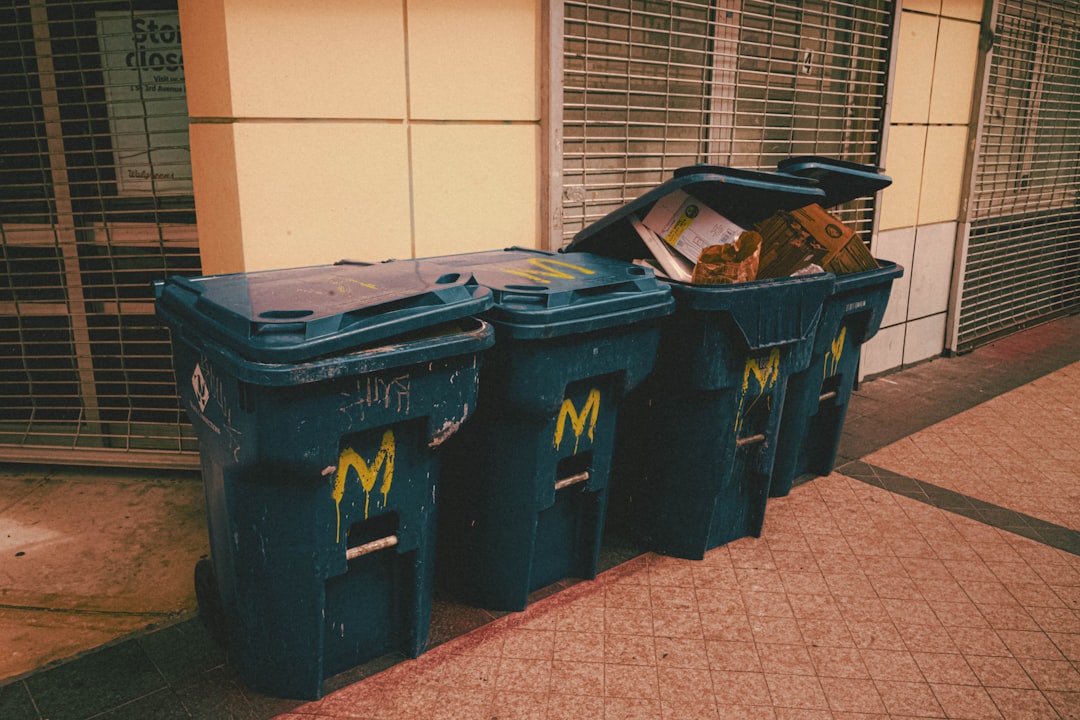
Audience segmentation unlocks precise marketing impact for trash can cleaning services by ensuring campaigns reach the right decision-makers with relevant messaging. Distinct audiences such as homeowners, property managers, and municipal procurement teams require differentiated approaches for each stage of the buying journey. Learn more about building real-time, signal-based audiences to tailor your outreach and messaging with precision.
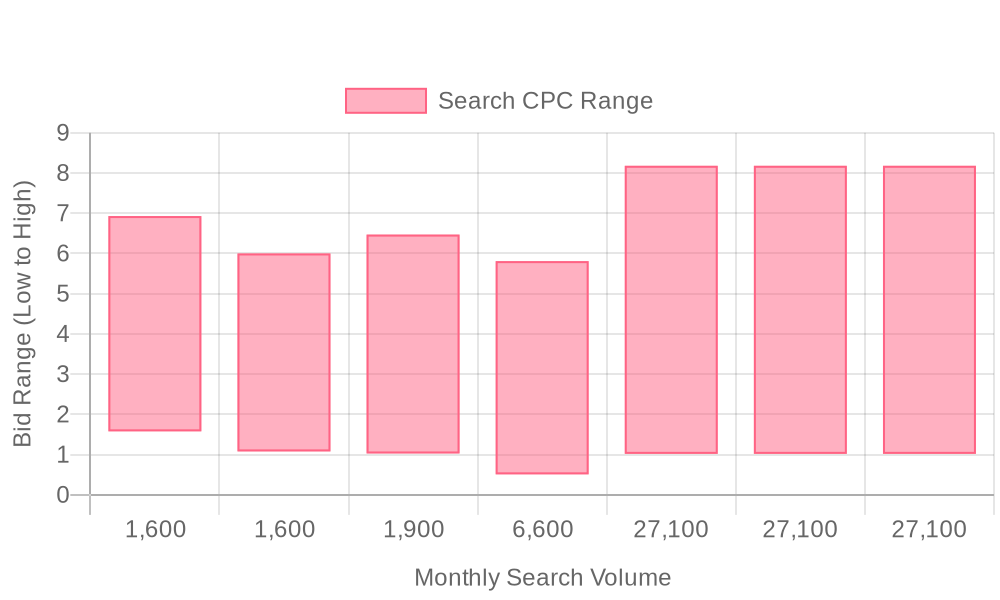
| Industry | Keyword | Monthly Search Volume | Competition Level | Low Bid | High Bid |
| Trash Can Cleaning Service | trash cleaning service | 1600 | MEDIUM | 1.58 | 6.93 |
| Trash Can Cleaning Service | trash can cleaning service near me | 1600 | LOW | 1.08 | 6 |
| Trash Can Cleaning Service | garbage can cleaning service near me | 1900 | LOW | 1.03 | 6.47 |
| Trash Can Cleaning Service | trash can cleaning | 6600 | LOW | 0.51 | 5.81 |
| Trash Can Cleaning Service | trash can cleaning service | 27100 | LOW | 1.02 | 8.18 |
| Trash Can Cleaning Service | garbage can cleaning service | 27100 | LOW | 1.02 | 8.18 |
| Trash Can Cleaning Service | trash bin cleaning service | 27100 | LOW | 1.02 | 8.18 |
Effective keyword strategy is the foundation of profitable Google Ads for Trash Can Cleaning Service campaigns. High-performing campaigns rely on granular keyword segmentation and intent-driven targeting to capture prospects precisely at the moment they search for sanitation solutions. This approach helps operators allocate budget to keywords that signal urgent demand, such as “trash bin cleaning near me,” “residential garbage can washing,” and “odor removal for bins.” By focusing on these high-intent searches, bin cleaning businesses direct spend toward prospects who are ready to buy, minimizing wasted impressions and maximizing cost per click efficiency. For a practical look at how these strategies work in the field, see this guide on managing Google Ads budgets for bin cleaning businesses.
Long-tail and niche-specific terms are essential for reaching audiences underserved by generic cleaning ads. Phrases like “eco-friendly trash can cleaning service,” “monthly bin cleaning subscription,” or “apartment complex bin sanitation” attract both residential and commercial buyers searching for specialized solutions. These keywords not only lower average cost per click for cleaning ads but also improve Google Ads ROI for cleaning by increasing conversion rates and lead quality. Negative keywords, such as “garbage cans for sale” or “waste removal jobs,” are systematically applied to filter out irrelevant searches, protecting budgets and improving ad relevance scores.
Advanced platforms streamline the process of mapping search intent to keyword lists by identifying in-market behaviors and segmenting audiences as they progress through the funnel. Marketers can combine real-time search data with proprietary visitor identification to pinpoint which companies and decision makers are actively exploring trash can cleaning solutions. This enables dynamic audience creation and ongoing keyword refinement as engagement signals shift, ensuring campaigns always target the highest-value prospects. When integrated with CRM and ad platforms, enriched audience data syncs directly into campaign management for seamless budget allocation, attribution, and retargeting, further elevating the impact of PPC for trash can cleaning and bin cleaning marketing efforts.
Successful Google Ads for Trash Can Cleaning Service campaigns begin with rigorous keyword list development. Focus on high-intent phrases that include service-specific and local modifiers, such as “bin cleaning near me,” “trash can sanitation service,” and “garbage bin cleaning [city].” Segmenting keywords by intent ensures campaigns capture prospects ready to buy, not just those in research mode. Engagement signals, like click-through rates and time on site, help refine keyword lists in real time, allowing marketers to continually adjust for relevancy and conversion potential. For actionable guidance on keyword segmentation and campaign structure, visit the Google Ads for your bin cleaning business resource.
Leverage Sona Identification to go beyond anonymous clicks by pinpointing which companies and decision-makers are engaging with specific keywords. This approach enables revenue teams to prioritize keywords that attract qualified leads and segment audiences for tailored messaging. Marketers can then direct budget toward terms producing tangible engagement, improving cost per click for cleaning ads and elevating Google Ads ROI for cleaning.
Effective ad copy for bin cleaning marketing must address core pain points and immediate needs. Headlines should speak directly to hygiene concerns, odor control, and convenience, while descriptions highlight trust markers like local expertise, eco-friendly practices, or satisfaction guarantees. By aligning message with the anxieties and motivators of the target audience for cleaning ads, campaigns stand out in a crowded search landscape. Marketers looking for inspiration on persuasive messaging can reference the psychology of clean in bin cleaning marketing.
Dynamic real-time audience insights enable marketers to adjust ad messaging in real time as leads progress through the funnel. For example, first-touch ads can emphasize “fast odor elimination,” while retargeted ads for returning visitors highlight “discounted recurring services” or “5-star customer ratings.” As audience segments update automatically, ad copy evolves to match buyer readiness, driving higher engagement and conversions in advertising trash services.
Landing pages serve as the conversion engine for online marketing for cleaning. Each click from a Google Ads campaign should deliver the visitor to a landing page that precisely reflects the keyword and ad promise. Top-performing pages integrate direct calls to action, customer testimonials, and localized content that reinforces service area authority. Ensuring visual and messaging alignment from ad to page reduces friction and maintains user momentum. For ideas on increasing landing page effectiveness, review paid media strategies for bin cleaning.
Marketers can further increase landing page performance by integrating real-time intent data. When analytics reveal a surge in commercial prospects versus residential, pages can dynamically showcase tailored offers or bulk service options. This responsiveness maximizes relevance for every segment, supporting higher conversion rates and stronger Google Ads ROI for cleaning.
Continuous improvement is essential for PPC for trash can cleaning. Set up robust conversion tracking to capture both online and offline engagements—such as quote requests, phone calls, and completed bookings—providing a holistic view of what drives results. Real-time analytics inform bid adjustments, budget shifts, and keyword expansions, empowering marketers to iterate rapidly for maximum efficiency. Explore the cost-effectiveness of PPC campaigns for bin cleaning to maximize your ad spend.
Unifying CRM and ad platform data enables seamless audience sync, ensuring enriched leads and account segments flow directly into Google Ads. This integration allows for precise retargeting and lookalike modeling, so spend is focused on the highest-value opportunities. With advanced attribution, marketers can directly connect ad spend to revenue outcomes, validating every optimization and supporting a data-driven culture for local SEO for cleaning services.
Expanding a trash can cleaning service requires a coordinated approach built on cross-channel marketing, tailored upselling, and strategic localization. When revenue teams unify data across their ad, CRM, and web touchpoints, they can create more impactful campaigns that drive measurable results at every stage of the customer journey. For a deeper dive into effective strategies, explore this collection of actionable playbooks.
Smart keyword targeting, refined audience segmentation, and persuasive creative work together to elevate outcomes for Google Ads for Trash Can Cleaning Service. Real-time optimization and seamless integration with CRM and content marketing ensure campaigns adapt to changing market signals, keeping messaging relevant and customer-centric. By addressing specific pain points and delivering tailored solutions across channels, revenue teams can expand service reach, drive higher engagement, and secure stronger growth in a competitive market. To put these strategies into practice, get started for free with Sona.
In conclusion, mastering Google Ads can significantly enhance the visibility and customer base of your trash can cleaning service. By strategically crafting targeted ad campaigns, you can effectively reach potential customers searching for your specific services and convert those searches into actionable leads.
Throughout this discussion, we've explored the unique challenges faced by trash can cleaning businesses, such as niche market targeting and local competition. Key strategies like keyword optimization, location targeting, and compelling ad copy have been highlighted as pivotal components in achieving advertising success. These solutions are designed to empower you to take control of your marketing efforts and see tangible results.
Imagine the transformation your business could undergo with a well-executed Google Ads strategy. You have the tools at your disposal to increase brand awareness and drive customer engagement. This is your opportunity to stand out in the market and elevate your business to new heights with the power of digital advertising.
Ready to make a significant impact? Start for free to experience our platform and its capabilities today. Discover how our innovative approach can help you unify your marketing efforts and drive actionable insights that deliver real results.
To effectively use Google Ads, focus on capturing high-intent leads by using precise targeting and integrating Google Ads with CRM and website analytics for real-time insights.
Best practices include using tailored keyword and audience strategies, aligning landing page content with ad messaging, and optimizing performance through data-driven decisions.
Budget allocation should be based on targeting high-intent keywords and audiences, ensuring ad spend aligns with prospects ready to convert, while continuously optimizing based on performance data.
Target keywords that reflect immediate demand, such as 'trash bin cleaning near me,' 'residential garbage can washing,' and 'odor removal for bins,' while avoiding irrelevant search terms with negative keywords.
Success can be measured by tracking conversions from first ad click to closed contract, using integrated data analysis to connect online engagement with offline sales activity for accurate ROI measurement.
Join results-focused teams combining Sona Platform automation with advanced Google Ads strategies to scale lead generation

Connect your existing CRM

Free Account Enrichment

No setup fees
No commitment required

Free consultation

Get a custom Google Ads roadmap for your business
Join results-focused teams using Sona Platform automation to activate unified sales and marketing data, maximize ROI on marketing investments, and drive measurable growth

Connect your existing CRM

Free Account Enrichment

No setup fees
No commitment required

Free consultation

Get a custom Google Ads roadmap for your business
Over 500+ auto detailing businesses trust our platform to grow their revenue
Join results-focused teams using Sona Platform automation to activate unified sales and marketing data, maximize ROI on marketing investments, and drive measurable growth

Connect your existing CRM

Free Account Enrichment

No setup fees
No commitment required

Free consultation

Get a custom Google Ads roadmap for your business
Over 500+ auto detailing businesses trust our platform to grow their revenue
Join results-focused teams using Sona Platform automation to activate unified sales and marketing data, maximize ROI on marketing investments, and drive measurable growth

Connect your existing CRM

Free Account Enrichment

No setup fees
No commitment required

Free consultation

Get a custom Google Ads roadmap for your business
Over 500+ auto detailing businesses trust our platform to grow their revenue
Join results-focused teams using Sona Platform automation to activate unified sales and marketing data, maximize ROI on marketing investments, and drive measurable growth

Connect your existing CRM

Free Account Enrichment

No setup fees
No commitment required

Free consultation

Get a custom Google Ads roadmap for your business
Over 500+ auto detailing businesses trust our platform to grow their revenue
Our team of experts can implement your Google Ads campaigns, then show you how Sona helps you manage exceptional campaign performance and sales.
Schedule your FREE 15-minute strategy sessionOur team of experts can help improve your demand generation strategy, and can show you how advanced attribution and data activation can help you realize more opportunities and improve sales performance.
Schedule your FREE 30-minute strategy sessionOur team of experts can help improve your demand generation strategy, and can show you how advanced attribution and data activation can help you realize more opportunities and improve sales performance.
Schedule your FREE 30-minute strategy sessionOur team of experts can help improve your demand generation strategy, and can show you how advanced attribution and data activation can help you realize more opportunities and improve sales performance.
Schedule your FREE 30-minute strategy sessionOur team of experts can help improve your demand generation strategy, and can show you how advanced attribution and data activation can help you realize more opportunities and improve sales performance.
Schedule your FREE 30-minute strategy session





Launch campaigns that generate qualified leads in 30 days or less.
